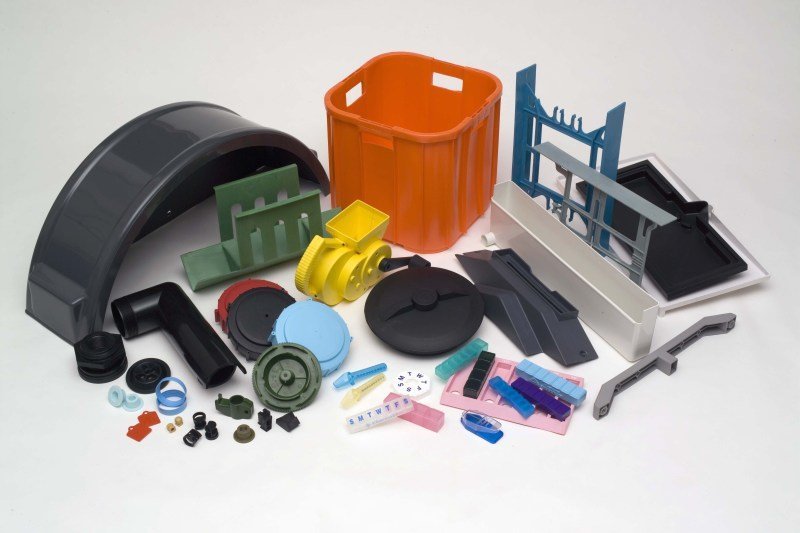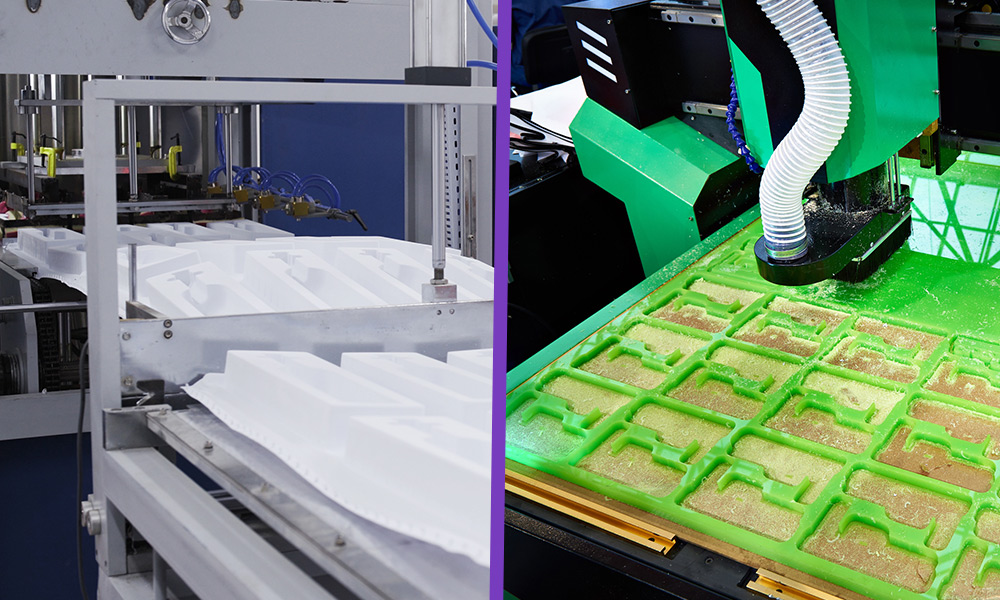The Influence of Plastic Injection Molding on Lowering Manufacturing Prices and Waste
The Influence of Plastic Injection Molding on Lowering Manufacturing Prices and Waste
Blog Article
Recognizing the Essentials of Plastic Shot Molding Processes
Plastic injection molding functions as a cornerstone of contemporary manufacturing, supplying a methodical technique to producing intricate elements with precision. This process not only encompasses the basic steps of melting and infusing materials right into molds but likewise includes a nuanced understanding of different affecting variables, such as temperature and pressure. As industries increasingly demand efficiency and high quality, the ins and outs of this technique come to be extra crucial. Checking out these necessary components can reveal just how even small changes can bring about substantial renovations in manufacturing end results, elevating inquiries regarding the capacity for development in this recognized process.
What Is Plastic Injection Molding?
Plastic injection molding is a widely used manufacturing procedure that changes thermoplastic and thermosetting materials right into specific and complicated forms. This technique is preferred for its capacity to produce high quantities of the same get rid of phenomenal accuracy, making it a crucial method in different sectors, including vehicle, durable goods, and medical gadgets.
The procedure involves melting the selected plastic product and injecting it into a mold and mildew under high stress. The mold and mildew, developed to the requirements of the desired part, permits the molten plastic to take shape as it solidifies and cools down. As soon as the product has hardened, the mold is opened, and the completed part is expelled.
Plastic shot molding offers several advantages, including minimized waste, uniformity in manufacturing, and the capacity to include intricate designs that may be challenging with other producing techniques. Furthermore, it supports a broad variety of materials, each offering special properties that can be tailored for specific applications. As industries remain to innovate, plastic injection molding remains at the center, enabling the growth of innovative items that satisfy progressing consumer demands.
The Injection Molding Refine
The shot molding process is a sophisticated technique that involves numerous vital phases to create premium plastic elements. At first, plastic pellets are fed into a warmed barrel where they are merged a viscous liquid. This molten plastic is after that infused under high pressure right into a precision-engineered mold and mildew, which shapes the product into the desired kind.
When the mold is filled, the plastic is permitted to cool down and solidify, taking the shape of the mold and mildew cavity. Air conditioning time is vital, as it influences the cycle time and the final residential or commercial properties of the shaped component. After sufficient air conditioning, the mold opens up, and the finished part is ejected making use of ejector pins.

Materials Used in Injection Molding
Various materials can be utilized in the shot molding procedure, each offering one-of-a-kind properties that deal with particular applications. The most typically used materials include thermoplastics, thermosetting plastics, and elastomers.

Thermosetting plastics, like epoxy and phenolic materials, undergo a chemical modification throughout the curing process, causing a rigid, inflexible framework. These products are perfect for applications needing high warmth resistance and structural stability, often utilized in automobile components and electrical insulators.
Elastomers, including silicone and rubber-based materials, give flexibility and durability. Their one-of-a-kind homes make them appropriate for applications that require flexibility, such as seals and gaskets.
Furthermore, specialized products like bio-based plastics and compounds are gaining traction for their environmental benefits and enhanced performance qualities, expanding the range of shot molding applications in different markets. Comprehending the buildings of these products is vital for choosing the proper kind for certain tasks.
Benefits of Shot Molding
Injection molding stands apart as a highly efficient manufacturing procedure that uses many advantages for producing complex parts with accuracy. One of the most significant advantages is the capability to produce elaborate designs that would certainly be difficult or impossible to attain with various other techniques (Plastic Injection Molding). The process enables comprehensive features and limited tolerances, ensuring high-grade parts
Furthermore, injection molding is recognized for its fast production capacities, making it an excellent selection for high-volume manufacturing. As soon as the mold is created, components can be produced promptly, minimizing lead times and raising general productivity. This effectiveness not only reduces production expenses but additionally provides an one-upmanship in the market.
The versatility of products used in injection molding better improves its charm. A vast variety of thermoplastics and thermosetting polymers can be used, allowing suppliers to choose products that best satisfy their specific demands, consisting of warmth, flexibility, and stamina resistance.
In addition, the process reduces waste, as excess material can frequently be recycled and recycled. This sustainability facet adds to a minimized environmental effect, making shot molding an accountable production option. On the whole, the benefits of injection molding make it a favored technique for lots of industries.
Variables Affecting Item Top Quality
While countless elements can affect product high quality in shot molding, understanding these aspects is critical for attaining optimum outcomes. Secret elements include material choice, processing criteria, and mold layout.
Material selection plays an important duty, as different polymers show one-of-a-kind residential properties that impact flowability, toughness, and thermal stability. Poor product option can bring about issues such as warping or incomplete dental filling.
Processing criteria, consisting of cycle, temperature level, and pressure time, need to be meticulously regulated. Variants in these settings can result in variances partly dimensions and surface coating. Excessively high temperatures may trigger deterioration of the polymer, while insufficient pressure can result in short shots.
Mold design is equally important, as it identifies the circulation of the molten plastic and the cooling procedure. Improperly designed mold and mildews may cause unequal air conditioning rates, leading to dimensional inaccuracies and recurring stress and anxieties.

Verdict
To conclude, plastic shot molding functions as an essential manufacturing process that allows the effective production of top notch parts. Proficiency of the shot molding procedure, including the understanding of materials and the influence of numerous aspects on item quality, is essential for accomplishing optimal results. The advantages of this approach, such as cost-effectiveness and layout flexibility, further highlight its relevance across numerous industries, strengthening its condition as a preferred choice for high-volume production.
Plastic injection molding serves as a keystone of modern manufacturing, supplying a methodical approach to creating complicated parts with precision.Plastic injection molding uses several benefits, including reduced waste, uniformity in production, and the ability to include detailed layouts that may be testing with click here for info various other producing here are the findings methods (Plastic Injection Molding). As industries proceed to innovate, plastic injection molding stays at the forefront, making it possible for the growth of sophisticated items that fulfill evolving consumer demands
The injection molding process is an advanced method that involves several key stages to create premium plastic components.In conclusion, plastic shot molding serves as an important production process that enables the reliable production of top quality components.
Report this page